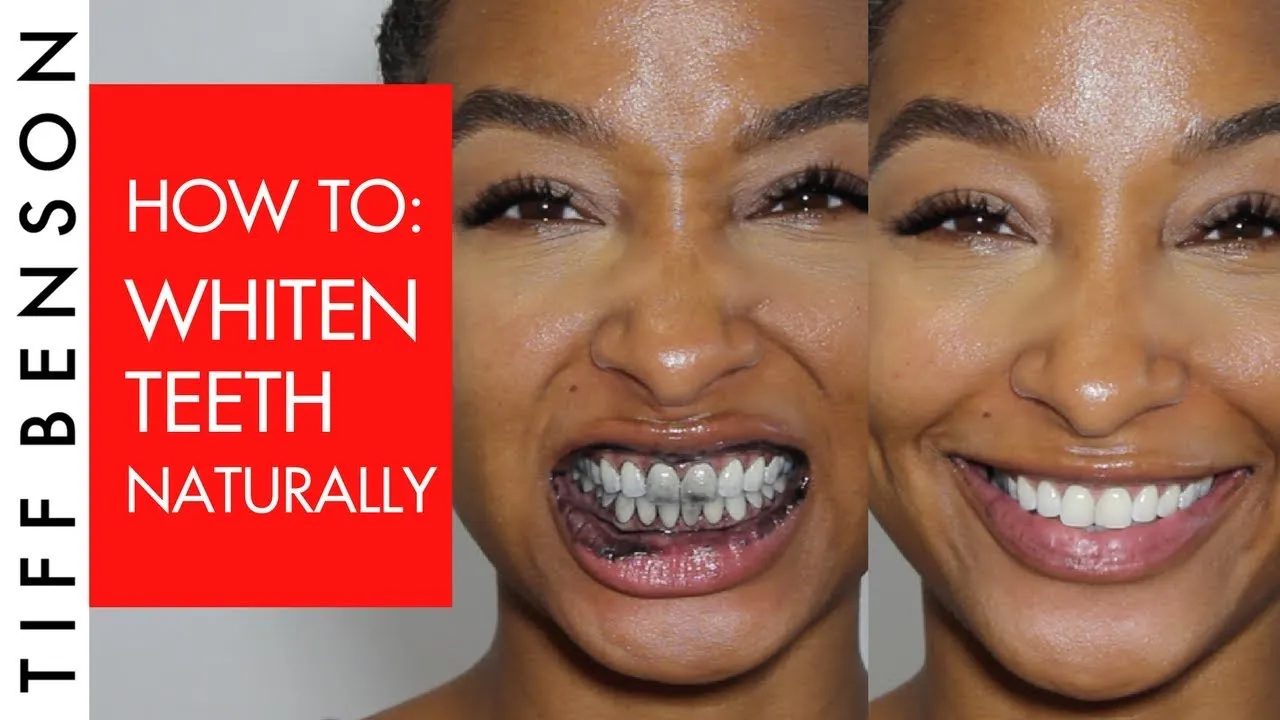Understanding Charcoal Teeth Whitening
Charcoal teeth whitening has gained significant popularity as a natural method for achieving a brighter smile. This technique involves using activated charcoal, a fine black powder, to remove stains and discoloration from the teeth. While many people are turning to this method, it’s crucial to understand how it works, its benefits, and the proper techniques to ensure you achieve amazing results safely and effectively. This guide will walk you through everything you need to know about using charcoal for teeth whitening, from choosing the right product to maintaining your results and addressing potential side effects. It’s essential to approach this practice with knowledge and care for optimal oral health.
What is Activated Charcoal?
Activated charcoal is a form of carbon that has been processed to increase its porosity, making it highly absorbent. This increased surface area allows it to bind to substances, including stains on your teeth. It’s made from various sources like coconut shells, wood, or peat. The activation process involves heating the carbon source with a gas or chemical agent, creating a porous structure. This porosity is the key to its effectiveness in absorbing impurities. In the context of teeth whitening, activated charcoal works by attracting and binding to stains caused by coffee, tea, wine, and other substances. Unlike regular charcoal, activated charcoal is safe for use because it is processed to remove harmful chemicals and toxins.
How Does Charcoal Whiten Teeth?
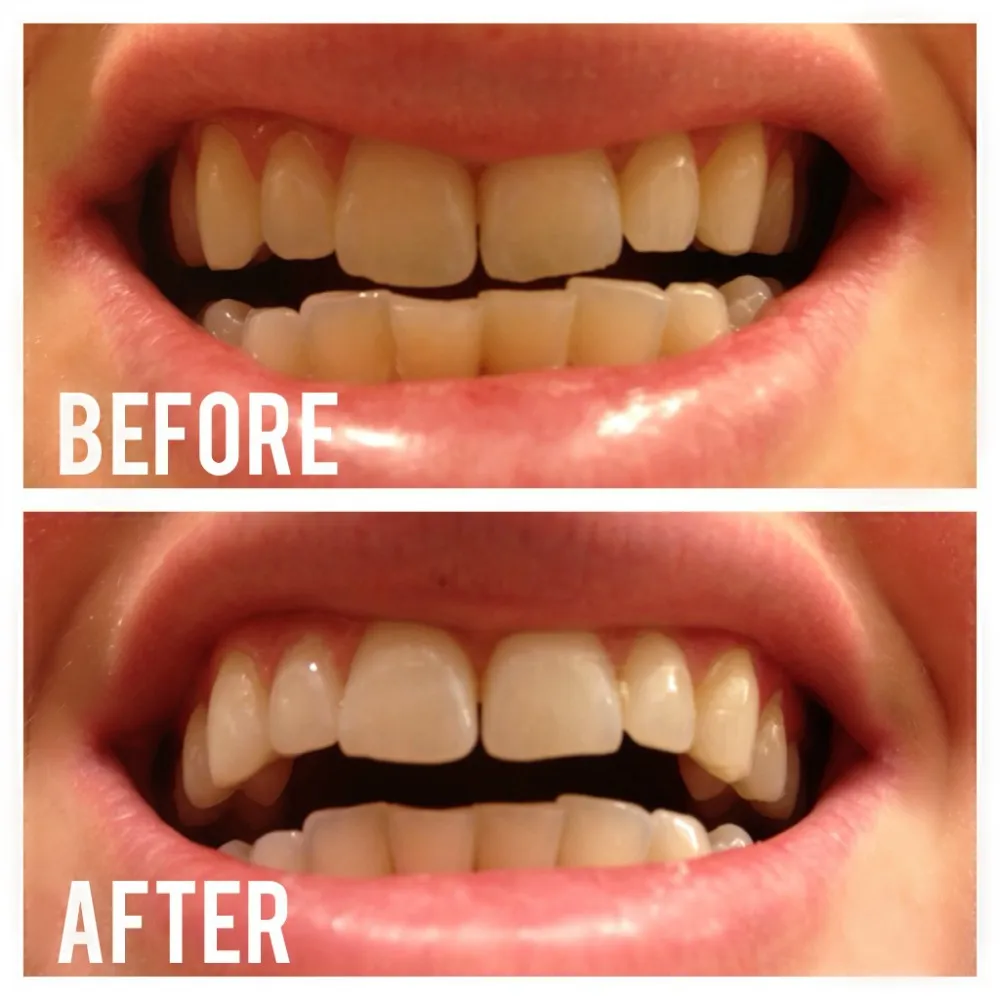
The teeth whitening process using activated charcoal is primarily based on its ability to adsorb stains. When you brush with activated charcoal, it acts like a gentle abrasive, helping to remove surface stains. The porous structure of the charcoal traps these stain molecules, effectively lifting them from your teeth. It’s important to note that charcoal doesn’t actually whiten teeth in the same way as chemical whitening treatments, which penetrate the enamel to alter the color. Instead, it focuses on removing external stains, which can reveal the natural whiteness of your teeth. Consistent use of charcoal can lead to a noticeable improvement in the brightness of your smile over time, but the results may vary depending on the severity of the stains and individual tooth enamel.
Benefits of Using Charcoal for Teeth Whitening
One of the primary benefits of using activated charcoal for teeth whitening is its natural approach. Many people prefer it as a chemical-free alternative to conventional whitening treatments. The abrasive nature of charcoal can help remove stains from coffee, tea, wine, and other foods and drinks, resulting in a brighter smile. Some users report fresher breath due to the charcoal’s ability to absorb odors. Additionally, charcoal teeth whitening is often more affordable than professional treatments, making it an accessible option for those seeking a cosmetic improvement. Many find it to be a simple and convenient addition to their daily oral hygiene routine. It is vital to pair it with regular dental checkups and healthy habits.
Preparing for Charcoal Teeth Whitening
Choosing the Right Charcoal Product
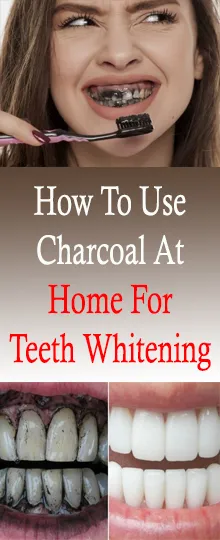
Selecting the right charcoal product is crucial for safety and effectiveness. There are various forms available, including powders, toothpastes, and pre-mixed products. Look for activated charcoal derived from natural sources like coconut shells. Ensure the product is fine in texture to avoid excessive abrasiveness, which could damage enamel. Check for certifications or endorsements from reputable dental organizations, which indicate that the product has been tested for safety. Avoid products with added chemicals, artificial sweeteners, or excessive amounts of abrasive ingredients. Reading customer reviews and researching different brands can help you make an informed decision. Consider your oral health needs before purchasing a product. Some charcoal toothpastes also include other beneficial ingredients like fluoride.
Types of Charcoal Products
- Activated Charcoal Powder: Pure and versatile, allowing for customization. Often the most abrasive type.
- Charcoal Toothpaste: Convenient and combines charcoal with other cleaning agents.
- Charcoal Toothbrushes: Toothbrushes with charcoal-infused bristles for added cleaning.
Ingredients to Watch Out For
- Excessive Abrasives: Avoid products with high levels of abrasiveness, which can wear down enamel.
- Artificial Sweeteners: Some charcoal toothpastes contain artificial sweeteners like saccharin.
- Added Chemicals: Be wary of products with a long list of ingredients, some of which may not be beneficial.
Gathering Your Supplies
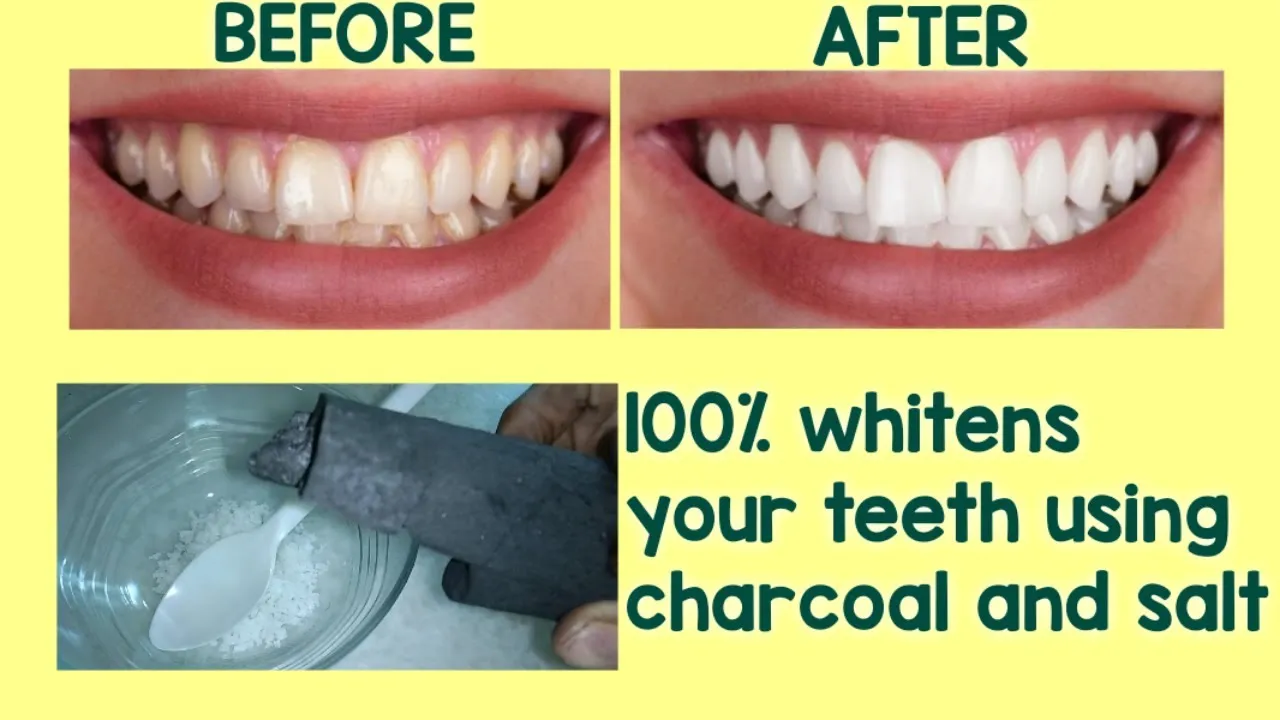
Before you begin, gather all the necessary supplies. You’ll need your chosen activated charcoal product (powder or toothpaste), a toothbrush, a small cup of water for rinsing, and potentially a dark-colored towel to protect your clothes from stains. A separate toothbrush for charcoal use can be helpful. Make sure your toothbrush has soft bristles to minimize abrasion. A small container or dish can be used to dispense the charcoal powder. Have everything readily available to make the process smooth and prevent any unnecessary mess. For a more complete routine, you might also use floss and mouthwash after brushing.
The Step-by-Step Guide to Charcoal Teeth Whitening
Brushing Technique
The correct brushing technique is critical for achieving the best results and protecting your teeth. If using powder, dip a slightly wet toothbrush into the charcoal, taking care to coat the bristles evenly. Brush your teeth gently in small, circular motions. Focus on each tooth surface, ensuring you reach all areas. Avoid brushing too hard, which can damage the enamel and gums. Brush for about two minutes, just like you would with regular toothpaste. If using charcoal toothpaste, apply a pea-sized amount to your toothbrush and follow the same brushing method. Make sure to brush all surfaces of your teeth, including the back.
Application Methods
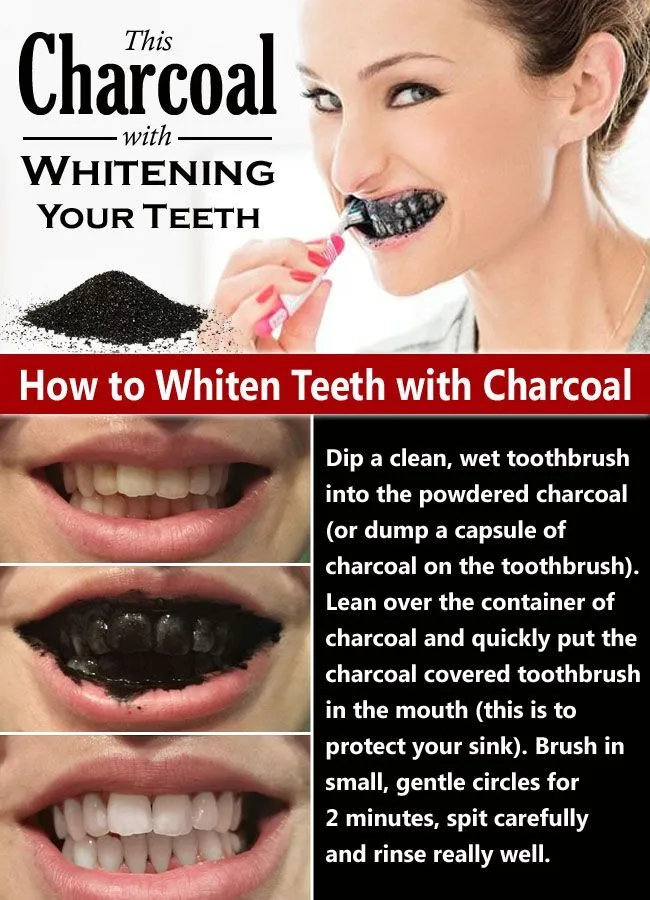
- Powder: Dip a wet toothbrush into the powder and brush.
- Toothpaste: Apply a pea-sized amount to your toothbrush and brush.
- Pre-mixed products: Follow the instructions on the product label.
Brushing Duration
Brush for two minutes. This duration allows the charcoal to effectively remove stains without being overly abrasive. Time yourself with a timer or use the two-minute timer on your phone or in your electric toothbrush. Ensure you are brushing all surfaces of your teeth, including the inside, outside, and chewing surfaces. This thoroughness is key to removing stains and promoting overall oral hygiene. Remember that consistent brushing is key for achieving optimal whitening results. It is equally important to maintain a gentle touch to prevent any damage to your enamel.
Rinsing and Cleaning
After brushing with activated charcoal, rinsing thoroughly is essential to remove any residual charcoal particles. Rinse your mouth with water several times until all the black residue is gone. It may take multiple rinses to ensure complete cleaning. Be careful to spit into the sink and wipe up any splatters immediately, as charcoal can stain surfaces. You may also use a mouthwash afterward to further clean your mouth and freshen your breath. Rinse your toothbrush completely under running water to remove all traces of charcoal. This will help maintain the cleanliness of your toothbrush and prevent any residue from accumulating.
Post-Whitening Care
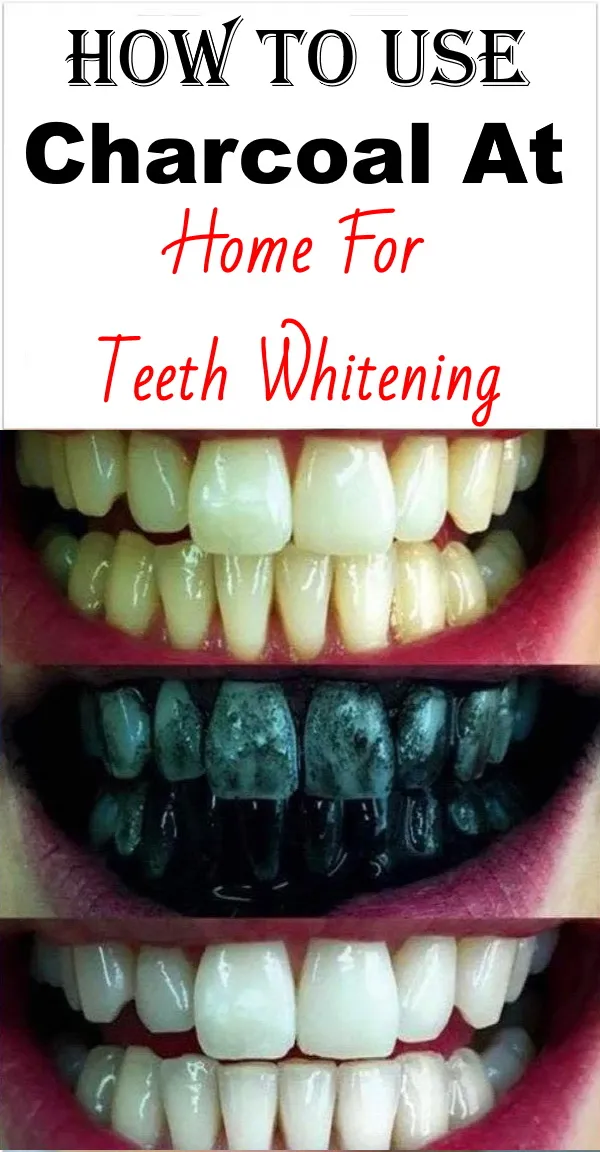
Maintaining Results
To maintain the results of your charcoal teeth whitening, it’s important to continue practicing good oral hygiene. Brush your teeth twice daily with a regular toothpaste containing fluoride. Floss daily to remove plaque and food particles from between your teeth. Use a mouthwash to help kill bacteria and freshen your breath. Regular dental check-ups and professional cleanings are also crucial for maintaining your oral health and the brightness of your smile. Schedule appointments every six months to ensure your teeth and gums are healthy. Be consistent with your routine to achieve and maintain your desired results.
Avoiding Staining Foods and Drinks
Certain foods and drinks can stain your teeth, undoing the effects of charcoal teeth whitening. To prolong your results, it’s best to limit or avoid these items. Coffee, tea, red wine, and dark-colored sodas are notorious for staining teeth. Berries, tomato-based sauces, and curries can also contribute to discoloration. If you consume these items, rinse your mouth with water immediately afterward to minimize staining. Consider using a straw to drink staining beverages to reduce contact with your teeth. Regular teeth cleaning will help keep your teeth white.
Potential Side Effects and Precautions
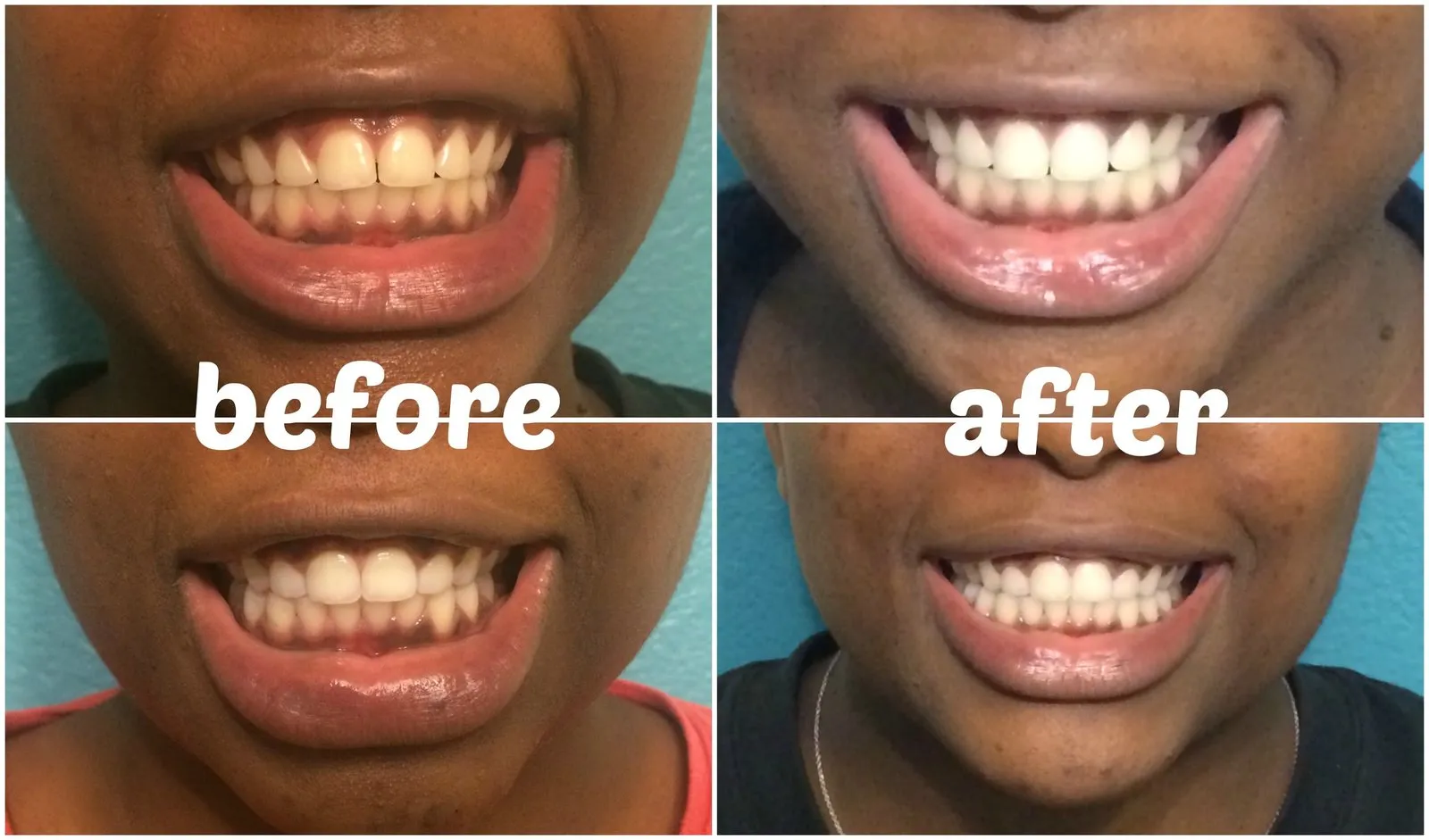
Sensitivity and Irritation
Some individuals may experience increased tooth sensitivity or gum irritation when using activated charcoal. If you notice any sensitivity, it’s essential to reduce the frequency of use or discontinue use altogether. Using a toothpaste designed for sensitive teeth can help alleviate this issue. Consult with your dentist to rule out any underlying dental problems. Always brush gently to avoid any further irritation. If irritation persists, it may be an indication that activated charcoal is not the right option for you. If you experience any pain or discomfort, stop using the product and seek professional guidance.
Consulting with a Dentist
Before incorporating charcoal teeth whitening into your routine, it’s always wise to consult your dentist. They can assess your oral health and determine if this method is appropriate for you. Your dentist can provide personalized advice based on your specific needs and any pre-existing conditions. They can also discuss potential risks and benefits, ensuring you make an informed decision. Regular dental check-ups are essential for maintaining your oral health, and your dentist can monitor the effects of charcoal whitening on your teeth and gums. If you have any concerns, your dentist can guide you on alternative or supplementary treatments for teeth whitening.
In conclusion, charcoal teeth whitening can be a viable option for enhancing your smile. By understanding how it works, following the proper techniques, and taking necessary precautions, you can achieve amazing results. Remember to choose the right products, brush gently, maintain good oral hygiene, and consult your dentist for personalized guidance. With the right approach, you can enjoy a brighter, healthier smile with charcoal teeth whitening.
